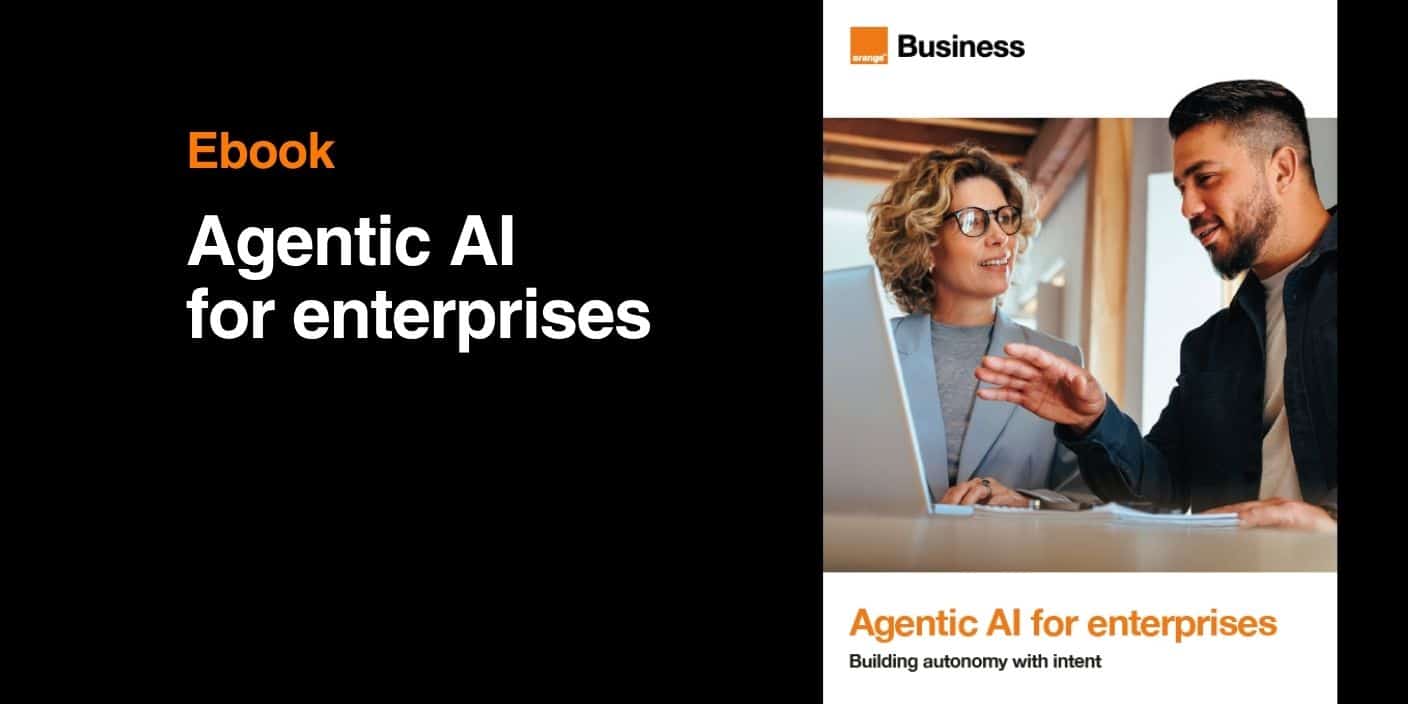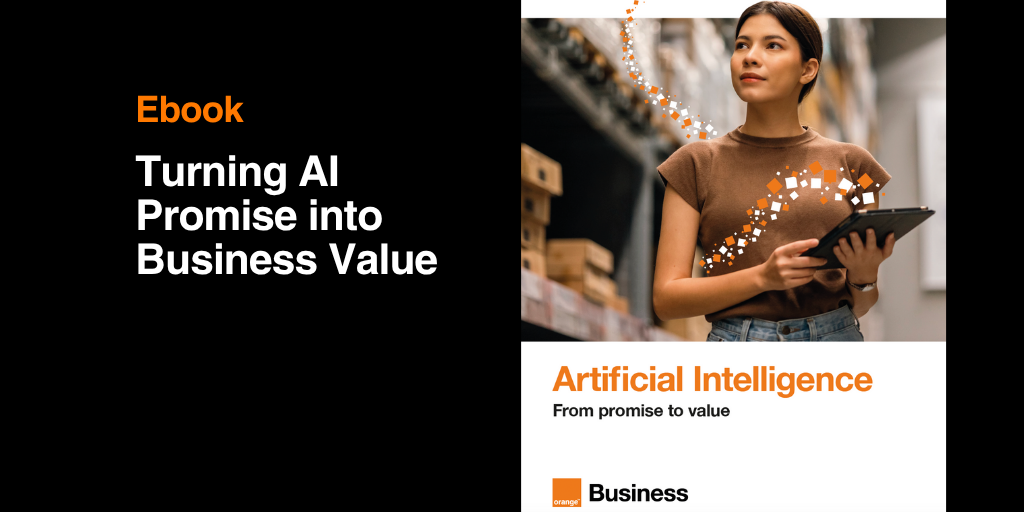The low-code market is expanding rapidly across all industries, with benefits seen as far outweighing the risks – largely thanks to faster project delivery and higher satisfaction among both developers and business teams. By 2025, 70% of new applications developed by enterprises will use low-code or no-code technologies, compared with less than 25% in 2020, according to a 2021 Gartner report. But is this really a revolution? We believe low-code is better understood as an evolution – one that brings to light several key challenges we will explore in this article.
Over the years, software configuration capabilities have steadily expanded, replacing more and more technical tasks such as creating tables and fields, setting up style sheets, HTML pages or business rules, and so on.

DataOps: data specification and documentation recommendations for Big Data projects
See moreFor several years now, tools have been available to build business applications focused on CRM or XRM. The same trend can be seen in BI and data visualisation applications, integrations, data preparation, marketing/sales/customer service/e-commerce solutions, mobile apps, chatbots, and more.
- This year, a finance controller at one of Orange Business’s clients moved away from managing countless Excel formulas by automating the allocation of costs across different accounting lines. Using a no-code data preparation solution we recommended, he now saves almost two days of work every month.
- Several months earlier, a proof of concept (POC) carried out by Orange Business Services (of which Orange Business is part) at a major industrial company demonstrated that the workload for developing a critical application could be reduced by 30% through the use of a low-code platform.
- The previous year, the low-code applications team at Orange Business Services deployed a mobile app for maintenance technicians. Its ergonomics were assessed by an independent firm and received strong praise, despite stringent evaluation criteria.
The relationship between business teams and IT is being redefined
Deliveries are now faster, with the ability to build a first-level application live with the business team. The technical expertise required of the “developer” is lower (hence the rise of the so-called citizen developer), and in some cases job satisfaction is higher – two non-negligible factors in a tight labour market.
This shift makes it possible to recruit different profiles and to reskill existing employees internally. The trend is reinforced by the many training programmes and schools now offering pathways into IT without the academic degrees previously required. It is also reflected in new recruitment methods that emphasise behaviour and soft skills.
With a low-code approach, the relationship between IT, business units and external service providers is being reshaped.
Low-code also promotes more agile ways of working, closer to the needs of end users in the field. When a single low-code platform is used across multiple use cases and departments within an organisation, documentation and maintenance are simplified – something that was much harder to achieve with numerous custom developments. The availability of SaaS services further strengthens this advantage.
Ultimately, low-code redefines how IT, business units and service providers collaborate. Whether it’s business-owned applications, SaaS service aggregation built by a power user within a growth marketing team, support from freelance consultants, or the creation of a digital factory or centre of excellence, multiple models exist. What varies is the scope of IT’s responsibility in relation to business units.
That said, the framework in which all this operates still involves multiple transversal functions. For example:
- How can organisations ensure application licence optimisation?
- How can they secure the data being transferred and manipulated across multiple tools?
- How can they guarantee GDPR processes across all applications (access to one’s own customer data, deletion of customer records on request, or enforcement of consent expiration dates)?
Beyond the frequently cited risk of shadow IT, could the multiplication of business apps lead to a new form of data fragmentation and IT fragility – even as they bring undeniable productivity gains on a daily basis?
Governance of usage, cost and data are therefore two key challenges behind low-code adoption. It is essential to:
- Favour solutions and platforms that can support multiple use cases and address these governance issues.
- Put in place governance over applications, skills and data. In this respect, the Data Mesh approach – with its domain-based design and a transversal Data Office providing support, best practices and governance – is an inspiring model.
The rise of low-code highlights two necessary transformations
Of course, a business unit or a software vendor will always be able to propose a solution that is faster or more effective for a very specific use case. This is especially common in AI/ML applied to customer experience, where an increasing number of specialised SaaS solutions are emerging to deliver analysis or decision support in record time.
Beyond such highly relevant cases – where deep business expertise is required (customer journey analysis, benchmarking of customer feedback, etc.) – we believe that in many instances classification, explanation, prediction and recommendation algorithms could just as well be handled by internal data science teams, provided their work can be deployed quickly and integrated into business applications.
The third challenge revealed by low-code is therefore the urgent need to move towards ModelOps, supported by a handful of powerful, general-purpose platforms. For more on this, we recommend our white paper MLOps: looking ahead to the future of AI, which explains that the real question is no longer how to do it, but how to do it effectively, at scale, in a standardised and reproducible way in production.
Wasn’t Microsoft Office Access, in its own way, a low-code tool ahead of its time? Any application or automation quickly configured through low-code can be very practical for individual use. But as soon as it is shared and used by many employees, expectations rise – in terms of usability, performance, robustness and security.
The large-scale deployment of a low-code application should not bypass design and technical quality. More specifically, the citizen developer approach has its limits: building a quick app for oneself or a small team is not the same as creating one for a broad community of users.
The fourth challenge revealed by low-code is therefore the shift in technical focus towards service design at scale. To efficiently multiply high-impact business apps, organisations need to strengthen two areas:
- Service and UX/UI design. Over the past two years, Orange Business has supported clients with more than a hundred dashboard (re)design projects, based on an analysis framework (audience, value proposition, KPIs) and the key design thinking principles of desirability, feasibility and viability.
- Agile project management and application governance/architecture. Key questions include: how many services should be integrated into a single application? Which exchange protocols should be standardised between apps? What is the required level of process resilience? How can usage be measured?
We will dive deeper into this last topic in a future blog article.
Low-code governance
In conclusion, the growing simplification of solutions – to the point where they now fall into the no-code/low-code category – is a strong trend impacting every domain. Low-code reflects the universal need for agility and innovation, shared by all companies and employees.
It may also reflect a new economic balance: as long as organisations could manage and outsource multiple IT projects at (very) low cost and remain satisfied, there was little incentive to change the model.
But the overall governance of this new model remains essential, with several stages to manage such a transformation – from initial rollout to full-scale adoption. This is also an area where we at Orange Business, together with our colleagues across Orange Business Services, can provide support.














Comments (0)
Your email address is only used by Business & Decision, the controller, to process your request and to send any Business & Decision communication related to your request only. Learn more about managing your data and your rights.